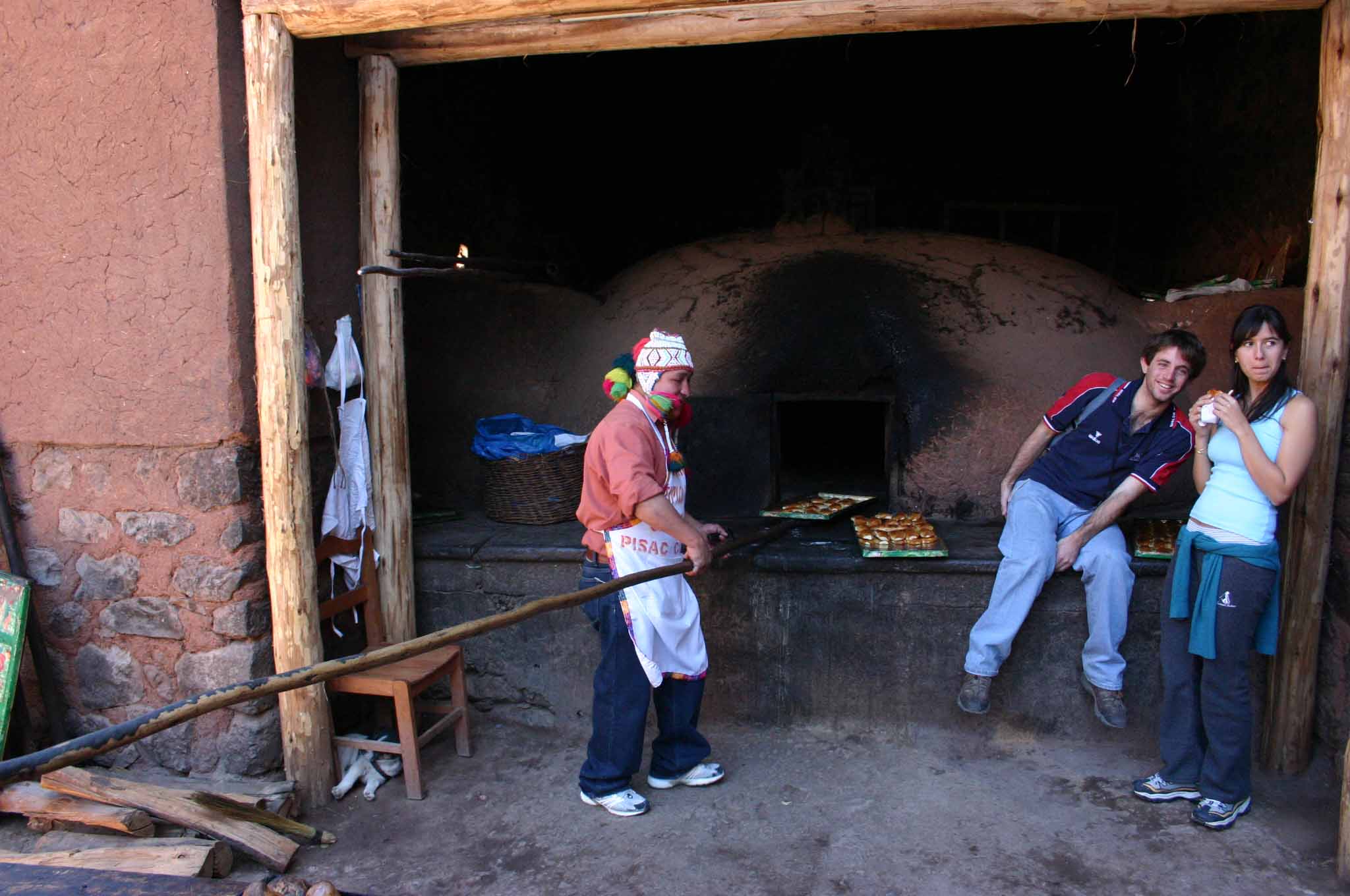As commodity prices & the Peruvian Sol have fallen, the business community and Peruvian government are looking for ways to support continued growth in the economy. Once the fastest growing economy in Latin America, Peru has seen growth rates falling rapidly this year.
Business Leaders Less Upbeat
According to a recent business survey: (Via Bing Translator)
The survey, which was published by financial daily Gestion, said that 52% of participants believed Peru was progressing, compared to 27% who believe it is going backwards.
However, compared to previous years, that figure is quite low. In 2013, 84% of the business participants believed Peru was progressing, while in 2012 that figure was at 89%. In 2013, only 3% thought that Peru was going backwards, while in 2012 none of the participants thought that Peru was backpedalling.
There are likely many reasons for the declining confidence. At the top of the list is possibly Peru’s changing economic landscape. The country has gone through a decade of robust economic growth thanks to strong tailwinds from Chinese demand for copper and other raw materials that Peru exports. That demand has dropped, however, and as a result, Peru’s economy has gone from growing at annual rates of about 6% or higher to an expected 3% expansion this year, with recent months seeing growth as low as 0.3% year-over-year. Many economists expect an improvement next year, but they also agree that the country probably won’t experience the same favorable international scenario again for years.
Lower Income Taxes
On the positive side, the Peruvian government is lowering tax rates in a bid to bolster the economy.
From The Peruvian Times:
Peru’s government is lowering income tax rates as part of a broader initiative to reinvigorate its slowing economy.
Income tax for companies is also to come down to 28% from 30% starting next year, and by 2019 it should reach 26%, Segura said.
“The change is to provide an incentive for investments,” Segura said. “So that companies have more earnings and better productivity.”
Erich Arispe, an economist covering Latin America for Fitch Ratings, said the measures will provide a boost of confidence to private investors and consumers in the short term.
“Adjusting the income tax downwards will facilitate that more capital is invested, and at the same time consumers will be more willing to spend,” he said in comments to Gestion.
Since his appointment as Finance minister earlier this year, Segura has been busy drawing up plans aimed at shoring up investments to support the sluggish economy, which has been hurt by a decline in prices for metals, an important export.
Mining & Petroleum Growth Slow
From La Republica: (Via Bing Translator)
—
As the Peruvian economy continues to slow & we see the effects of the loss of liquidity in the US caused by the unprecedented drop in oil prices and resulting bank & investor losses, we will see a continued fall in the value of the Sol, a bigger trade deficit, and a greater slowdown than is currently expected. These rosy outlooks will soon be revised to reflect the reality of commodity deflation as the one off China boom fades. There really are only so many ghost cities that they can build there, and the massive malinvestment will come back to haunt world markets that have become accustomed to high commodity prices. This will ripple through all markets, but most in the commodity exporting nations such as Peru.
Housing to Slow
The rapidly expanding housing market in Lima will also begin to slow & with it the many construction jobs here. The government continues to subsidize housing via the Mivivienda program:
From El Comercio (via Bing Translator)
Programs Fondo Mivivienda and Techo Propio closed the year with 60,000 new beneficiaries, according to housing Minister, Milton von Hesse.
In terms of money, 60,000 placements would correspond to a total of S/.1.200 million, a 10% in 2013. The growth is less than the advance of 27% recorded last year.
In detail, between January and August of 2014, the family housing bonus (BFH) MIVIVIENDA totaled 23.715 disbursements, reaching the cigra of S/.416 billion. This registers a total of S/.2.353 million.
On the other hand, loans disbursed by Techo Propio accumulated S/.8.516 million.
Finally, Von Hesse denied that there is a bubble in the Peruvian market.
—
Peru is a high interest rate environment, and there are a large number of home loans that are denominated in dollars. As the Peruvian Sol falls, these loans will start to default increasingly & much as we saw in 2006-2007 culminating in the collapse of real estate in 2008 in the US, the bubble will burst here. When officials deny that there is a bubble, it’s truly in fact a bubble.
While tax reduction is welcome, it will not be possible to stop the slowing of the economy in the face of tremendous worldwide economic headwinds. Expect more “surprises.”
©2014 Ben Gangloff
You might also enjoy:
Peruvian Sol Reaches S./3 vs $1 USD
What’s the Future of the Peruvian Economy?
Did you enjoy this page? Have questions? Would like information on something to be posted here? Please drop us a line, sign up for our email list in the box to the right, or comment below.

